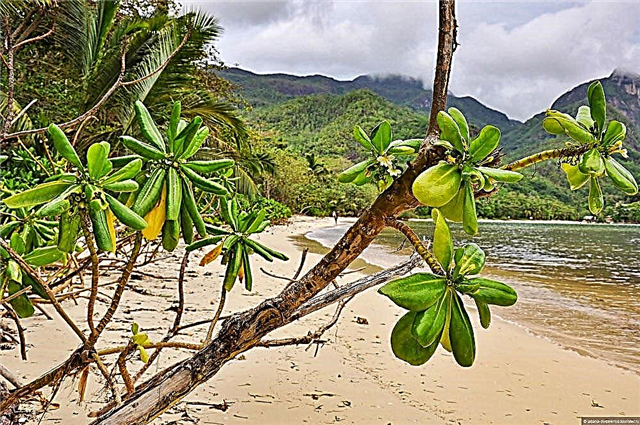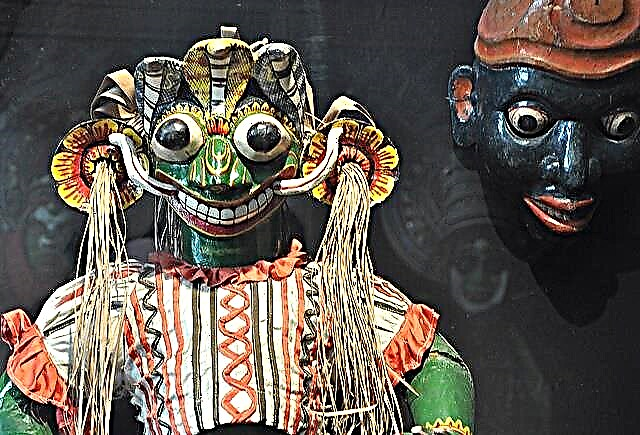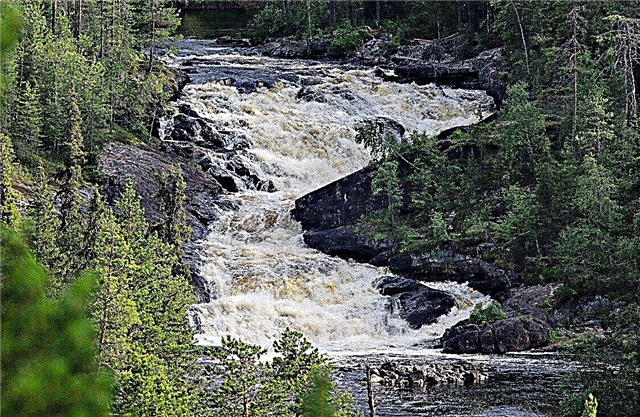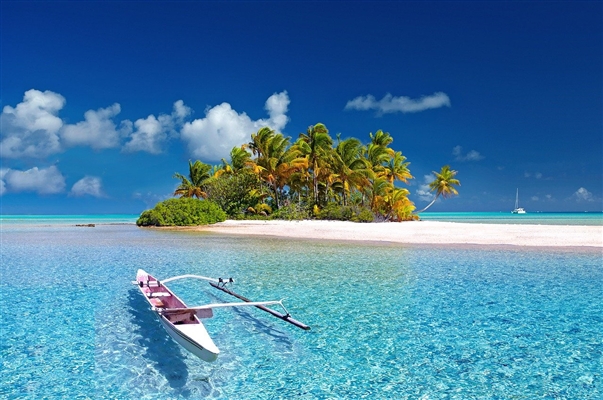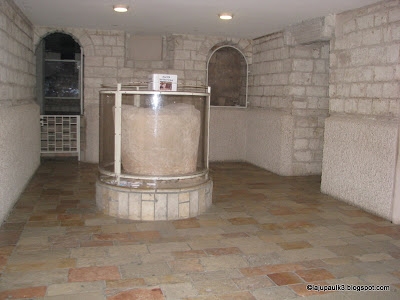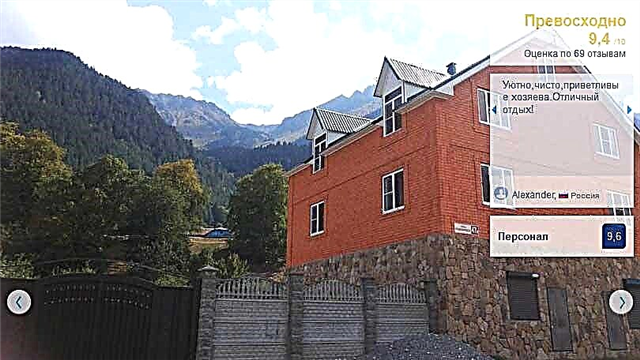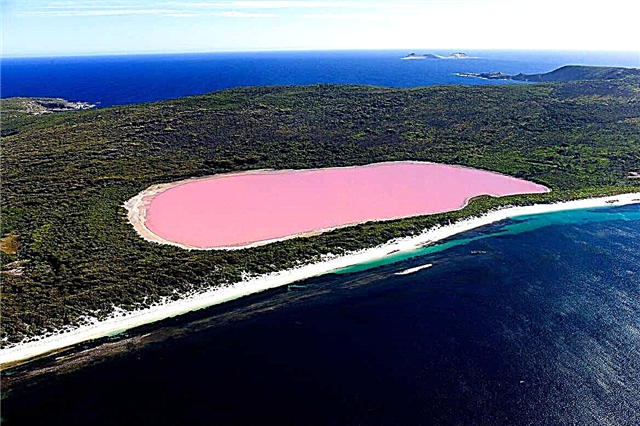Australia is a separate continent, and the more interesting its natural sites. This is due to the later development of the mainland. The closed ecosystem was not without the artificial addition of representatives of flora and fauna from all over the world. But she managed to keep her characteristics.
Australia's lakes are popular tourist destinations. Among them there are real unique ones, like Hillier, whose water is pink, and scientists still have not found an explanation for this. The Gippsland water network is no less remarkable: a small strip of land separates the lakes from the ocean. There are hiking trails in the vicinity of many water bodies.
The largest lakes in Australia
List of the most beautiful and largest lakes in the country.
Eyre
The largest lake on the continent. Located closer to the center of the country. The area is 9500 km², the average depth is about 1.5 meters. It is endless, and the only flowing river, the Diamantina, feeds the Eyre irregularly. For this reason, it periodically dries up, and the bottom is exposed, covered with a layer of salt. As soon as the water comes back and rises to the desired level, pelicans come here. This phenomenon attracts tourists.

Hiller
Pink lake of the Recherch archipelago. The area is within 15 hectares. The coastal strip is white sand, and around there are eucalyptus forests and several tens of meters to the Pacific Ocean. Hiller's only inhabitants are microorganisms. Despite the high salt content, the lake is safe for swimming. However, it is not so easy to get to it. The main means of transportation in the area are airplanes.

Mackenzie
The cleanest lake on the planet. Belongs to the territory of Fraser Island. The area is 150 hectares, the average depth is 5 meters. Groundwater does not reach it because of the altitude above sea level, so the food comes from precipitation. A narrow coastal strip is a sandy natural beach. Then virgin forests begin. As there are more and more tourists in the area, camping sites and dry closets have been installed.

Dov
The lake is located on the hills of the island of Tasmania. The territory is part of a national park and is also protected by UNESCO. The area is less than 1 km². A tourist center is located 8 km from Dov. There is also a parking lot and a regular bus stop. There are many hiking trails in the vicinity. Some are walking and take a couple of hours, others are suitable for hikers and provide for halts.

St. Clair
The deepest lake in Australia. Located in Tasmania. The area is 30 km², the depth reaches 174 meters. St. Clair is the final destination of the Overland Track, a 70-kilometer popular hiking trail. The lake is rich in fish. Mykizha, galaxia and kuzhma are found. Sports fishing tournaments are held; there are many amateur fishermen on the coast almost all year round.

Gippsland
The water network consists of lakes, lagoons and marches. Located in Victoria. Gippsland stretches along the ocean coast for 70 km, and the width varies in some areas, but does not exceed 10 km. The area is just over 600 km². On the coast there are small towns, completely tailored for the tourism sector. There are large islands. One of them, called Raymond, is home to a large population of koalas.

Argyll
Located in Western Australia. The second largest artificial lake in the country. The area is 703 km². Water from here is used for irrigation of agricultural land. Among the inhabitants of Argyll, crocodiles are of particular tourist interest. The population is estimated at 25 thousand individuals. Fish is found, but in the vicinity of such dangerous predators, there are few who want to arrange gatherings with fishing rods here.

Blue Lake
Located in South Australia near Mount Gambier. The mountain of the same name is one of the most important tourist sites in the region. The blue lake changes color depending on the season. It turns gray-green in winter and deep blue in summer. Its area is 70 hectares, the maximum depth is 77 meters. On one of the banks there is a memorial sign in honor of "Gordon's jump" - a record associated with horse riding.

Torrance
The lake is part of the South Australia National Park. To enter its territory, you need to obtain permission. The maximum depth is 8 meters, the Torrens area is almost 5700 km². These indicators are conditional, since the bowl of the lake is not completely filled with water. Rare species of birds are found in the area. There are endemics and specially protected populations. For example, subspecies of red-capped plovers and blackbirds.

Alegzandrina
Another pronunciation of the name is Alexandrina. The lake is named in honor of the niece of the King of Great Britain William IV - the future Queen Victoria. Area - 649 km², maximum depth - 5 meters. Located in close proximity to the Indian Ocean. Salt water enters it through the canal, but the streams almost do not mix, and the lake remains fresh. Fauna - rare species of birds, including the Australian bittern.

Anbangbang-Billabong
The lake is of a special type, which is indicated in its name. Billabong is a stagnant body of water connected to a flowing body of water. Usually such an anomaly occurs when the channel of the arm changes, or something similar. The swampy areas are covered with dense vegetation. Such conditions are favorable for birds, of which there are a lot by the lake. Mangrove forests grow around. A hiking trail of several kilometers has been laid.

Gardner
The third largest salt lake in the country is located in the south of the continent. It is part of the national park of the same name. It has no runoff, and the streams that feed it periodically dry up. In some areas, thick layers of salt deposits are visible with the naked eye. The famous "Speed Week" races are held in the vicinity: the terrain allows you to develop high speeds.

Makai
It is considered the largest of the ephemeral lakes in Western Australia. The area is 3494 km². It is surrounded by desert areas. The surface of its bottom is heterogeneous. For this reason, the lake dries up, forming islets. The eastern half of the reservoir turns into a sieve. It looks especially picturesque in the photo from a bird's eye view. The aborigines endowed the phenomenon with mythical meanings.

Burleigh Griffin
The lake was artificially created in the capital of Australia in 1964. The area is 6.64 km², the maximum depth is 18 meters. The name of the reservoir is given in honor of the American architect who was in charge of the project. However, the original ideas of the author have been changed. The lake is crossed by two large bridges. On the coast, gardens and parks are laid out, monuments are erected, a flower festival is held, there is an opportunity to go sailing and rowing.

Disappointment
Salt Lake of Western Australia. The area is 330 km². It rarely reaches its maximum size, for some time it dries up every year. The translation of the title is “disappointment”. It was given to the reservoir in 1897 by Frank Hann. Finding streams, he hoped to find a large deep lake, but found Disappointment. As soon as the water arrives, waterfowl appear on the lake, some do not migrate even in drought.

Lagoon Hutt
Another pink lake of the continent is located in Western Australia. This color of the water is due to the growth of certain types of algae in it. The lake is salty and separated from the ocean by a natural sandy beach and dunes. Part of the lake is used for the cultivation of algae on an industrial scale. They are used for the production of natural dyes. Salt deposits are seasonal.

Amadius
The reservoir is named after the Spanish king. Occupies an area of 880 km² in the central part of the mainland. The lake is salty and for most of the year there is no water in it, or very little of it.Salt deposits, as well as its proven reserves, are many, but mining has never been carried out. The reason is the remoteness of large roads and sales markets. Nearby is Urulu - one of the important landmarks of Australia.

Bonnie
Lake of South Australia, one of the largest among freshwater. Average depth is 1.5 meters. It is considered contaminated, since there was a pulp and paper mill nearby, which dumped its waste water here. There is another lake with this name on the continent. It is located in the same state on the Murray River. It is a popular destination for sailing and water skiing.

From
A drainless lake, covered part of the year with a crust of salt, is located near the Flinders Ridge. The area is 2596 km². It is adjacent to the national park, and most of it is located below sea level, which affects its nutrition. In 1991, the territory nearby and From itself received the status of a national reserve. Different types and reliefs of the terrain are concentrated around: from deserts to hills.

Cootapatamba
The highest mountain lake in the country. Located in the Australian Alps. It is part of the Kostsyushko National Park. Translation of the name - “the place where the eagle drinks”. The depth is about 5 meters. An excellent view of the reservoir opens from the nearby pass. There are also hiking trails there. The terrain cannot be called rugged, but travelers need minimal preparation for its exploration.

Why
A volcanic lake located in Queensland. Area - 0.52 km². With such a small size, the maximum depth is 66 meters. The reservoir is fed by underground sources. The water level varies from season to season. The peculiarity of the fauna is a large number of birds - about 180 species and bats - 25 species. The fish that were originally found here have disappeared. They were exterminated by their relatives brought in by people.

Barrin
The freshwater lake is located on the Atherton plateau. The largest volcanic in the region. For tourists, not only walking tours are organized, but also cruises on the lake. It is forbidden to set up tents and visit the territory with pets around. Birdwatching is popular and is being counted. The growth of rainforest around the Barrin perimeter contributes to the creation of a special ecosystem.

Berbury
Artificial lake of the island of Tasmania. The area is 49 km². It was formed at the turn of the 80s-90s of the last century after the construction of the dam. The name was given in honor of one of the governors of the region. Special fishing trips are organized to the lake. Sports fishing competitions are held. The fish species are traditional in Australia, but the quantity and bite are impressive even for experienced fishermen.

Kutaraba
Belongs to the Great Sandy National Park in the state of Queensland. Shallow swamps can be found on the north and south sides of the lake. Kutaraba is suitable for sailing regattas. There are great fishing spots here. Tourists come for canoeing and outdoor activities. There is a popular camping site nearby. The sandy beach and shallow waters make the area suitable for visiting with children.

Tethys
Shallow lake in Western Australia. The length of its coastline is just over a kilometer. The motor road is adjacent. A tourist walking route is laid around. It allows you not only to bypass the entire reservoir, but also to explore the nearby natural attractions. A feature of the territory is marine stromatolites located close to each other. Measures are underway to preserve them.

Gordon
The reservoir was created on the river of the same name in the 70s of the last century. The area is 278 km², making it the largest in Tasmania. The construction of the dam has sparked international controversy and opposition with UNESCO. Water level changes are sensitive for the island, as Gordon is an important part of the energy system. Environmental issues are pushing the authorities to change the project.

Great Lake
Occupies the central part of Tasmania. The area is 170 km². In the past, the lake was natural, but it was artificially enlarged due to the construction of a dam. A canal was also built to connect with the Uz river. Great Lake attracts fishermen to the island. Moreover, some species of fish were brought here about 150 years ago, and they have perfectly adapted. It is convenient to get to the lake: a branch is made from a large highway in its direction.

Mungo
The dried up lake is located in New South Wales. There are 18 more reservoirs of this type in the district. The area is 135 km². This area became a national reserve in 1981, and the lake is its main attraction. Archaeological excavations have been carried out here several times. Found skeletons of people were named "Miss Mungo" and "Mr. Mungo". These are the oldest remains on the continent.

Pedder
In the past, a lake of natural origin existed in this place on the island of Tasmania. In 1972, after the construction of three dams at once, a much larger area was flooded, and it turned into a reservoir. You can also find another name - Huon Serpentine - after the name of the nearby rivers. Area - 239 km², maximum depth - 43 meters. Part of the South West National Park.

Brown Lake
Located on North Stradbrook Island. The name translates as "brown". This is how the color of the water becomes due to the leaves of tea trees falling into the water. The coast is densely covered with vegetation. The sandy strip is narrow and snow-white. The lake is of great importance to the Aboriginal people. The law stipulates that local women are in charge of Brown Lake's resources and are responsible for it.


